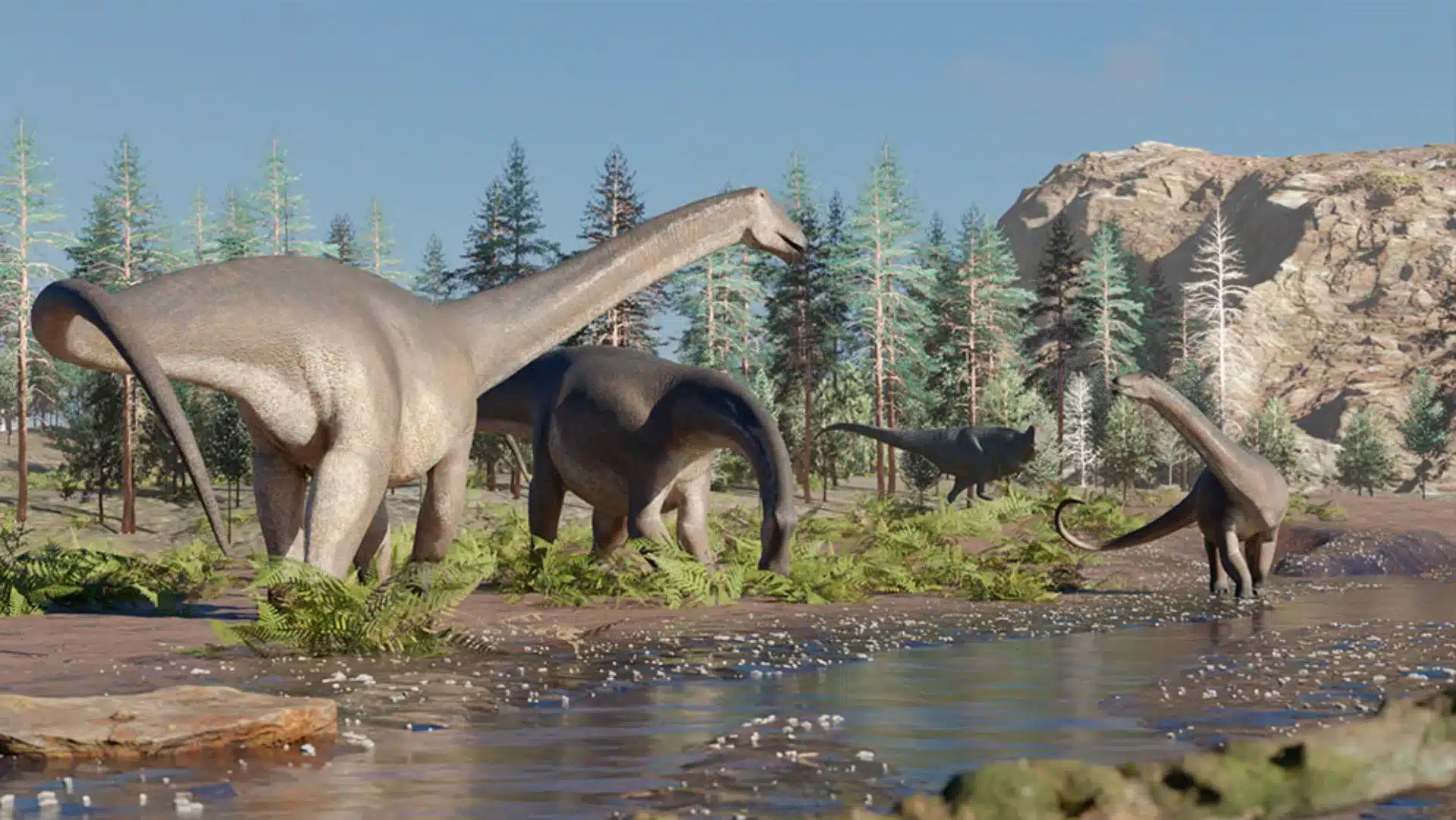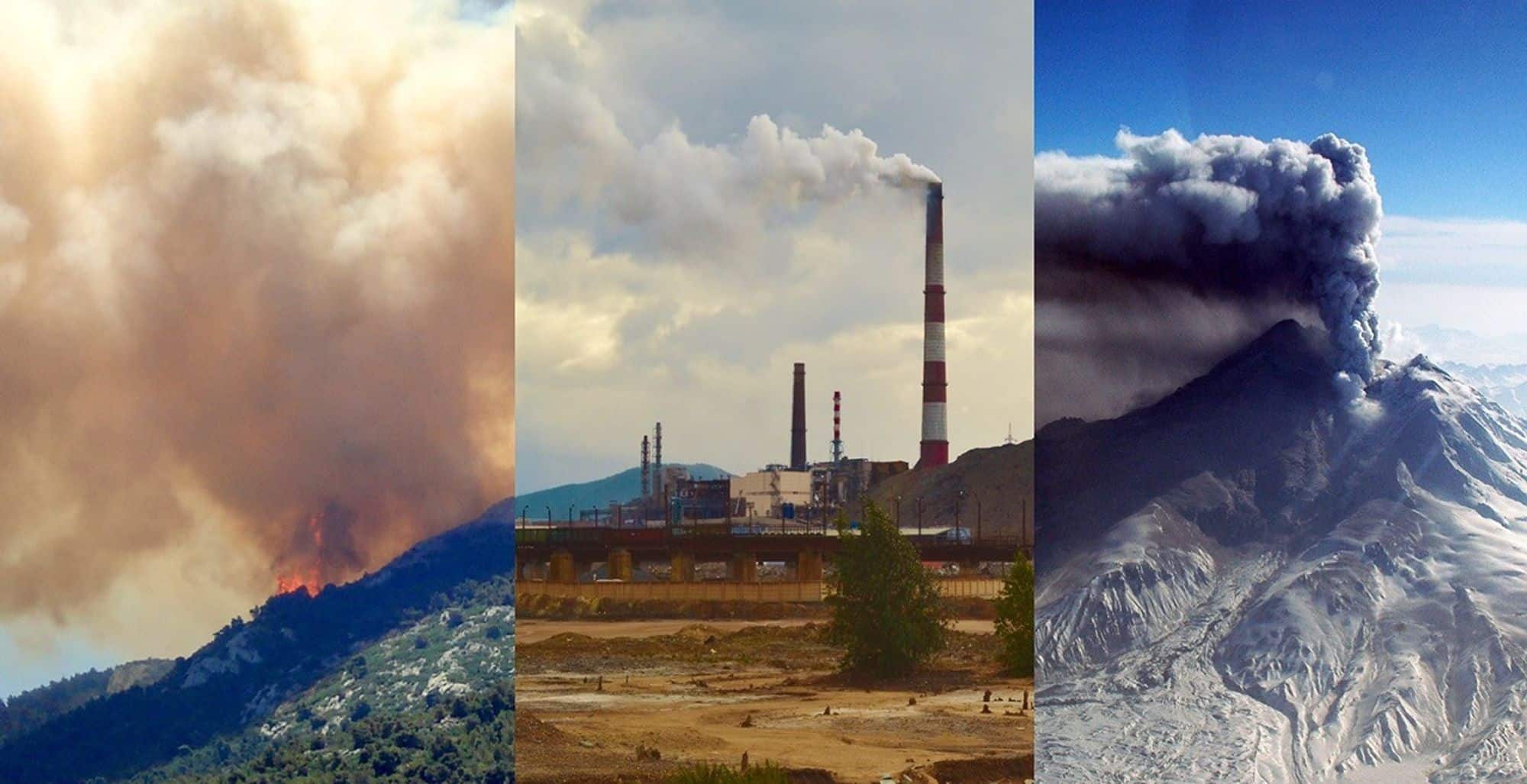About Sidersaura marae
- It is a new species of sauropod dinosaur.
- It lived during the Cenomanian age of the Late Cretaceous epoch, between 96 and 93 million years ago, in today’s Patagonian region.
- It belongs to the Rebbachisauridae, a large family of sauropod dinosaurs known from fragmentary fossil remains from South America, Africa, North America, Europe, and Asia.
- These dinosaurs are distinguished from other sauropods by their distinctive teeth. Some species had tooth batteries similar to those of hadrosaurs and ceratopsian dinosaurs.
- Rebbachisaurids were very important dinosaurs in Cretaceous ecosystems and disappeared in the middle of this period in an extinction event that took place 90 million years ago.
- It is one of the last rebbachisaurids.
- Features of Sidersaura marae:
- It was up to 20 m in length, had an estimated mass of 15 tons, and had a very long tail.
- One of the characteristics that distinguishes Sidersaura marae from other dinosaurs is the star-shaped shape of the hemal arches (tail bones).
- Its skull bones are robust, unlike those of the rest of its closest relatives.
- Another cranial feature that differentiates Sidersaura marae from other rebbachisaurids is its frontoparietal foramen, which is basically a hole in the roof of the skull.
What are sauropods?
- Sauropods are any member of the dinosaur subgroup Sauropoda, marked by their large size, a long neck and tail, a four-legged stance, and an herbivorous diet.
- They were the largest of all dinosaurs and the largest land animals that ever lived.
- Geographically, these animals were widespread, with remains in the form of bones or footprints having been found on all of the continents except Antarctica.
Q1) What is the Cretaceous epoch?
The Cretaceous is a geological period that began 145 million years ago and ended 66 million years ago. It is the last period in the Mesozoic Era. It comes after the Jurassic Period and before the Paleogene – the first period of the Cenozoic Era, our current era. It lasted a long time, nearly 80 million years, making it the longest geological period of the Phanerozoic Eon, which began some 539 million years ago.
Source: New Species of Sauropod Dinosaur Discovered in Argentina
Last updated on January, 2026
→ Check out the latest UPSC Syllabus 2026 here.
→ Join Vajiram & Ravi’s Interview Guidance Programme for expert help to crack your final UPSC stage.
→ UPSC Mains Result 2025 is now out.
→ UPSC Notification 2026 is scheduled to be released on January 14, 2026.
→ UPSC Calendar 2026 has been released.
→ UPSC Prelims 2026 will be conducted on 24th May, 2026 & UPSC Mains 2026 will be conducted on 21st August 2026.
→ The UPSC Selection Process is of 3 stages-Prelims, Mains and Interview.
→ Prepare effectively with Vajiram & Ravi’s UPSC Prelims Test Series 2026 featuring full-length mock tests, detailed solutions, and performance analysis.
→ Enroll in Vajiram & Ravi’s UPSC Mains Test Series 2026 for structured answer writing practice, expert evaluation, and exam-oriented feedback.
→ Join Vajiram & Ravi’s Best UPSC Mentorship Program for personalized guidance, strategy planning, and one-to-one support from experienced mentors.
→ UPSC Result 2024 is released with latest UPSC Marksheet 2024. Check Now!
→ UPSC Toppers List 2024 is released now. Shakti Dubey is UPSC AIR 1 2024 Topper.
→ Also check Best UPSC Coaching in India

















